French sculptor Jean-Baptiste Boutin, aka Gibus, carves guttural truth from wood, the way Ari Aster makes audiences confront uncomfortable aspects of reality with films like Hereditary. Nearly each piece has this very tangible sense of kinetic energy: a threatening cleaver about to halve someone; swinging a pickaxe at a buried bomb; or an alligator stealthily approaching someone from behind. Boutin freezes that tension in a forever state.
In 2017, after leaving his job as an artistic director for an advertising agency, Boutin took to woodturning. Two years later, he began a series of wood sculptures called Tributes which featured a figure carved from ebony wood, posed in various predicaments, like hanging off a ledge or bridging a broken bowl. So we wanted to find out how Boutin’s work has evolved over time, and what ideas he’s trying to capture.
[Editor’s note: This interview has been edited for length and clarity.]
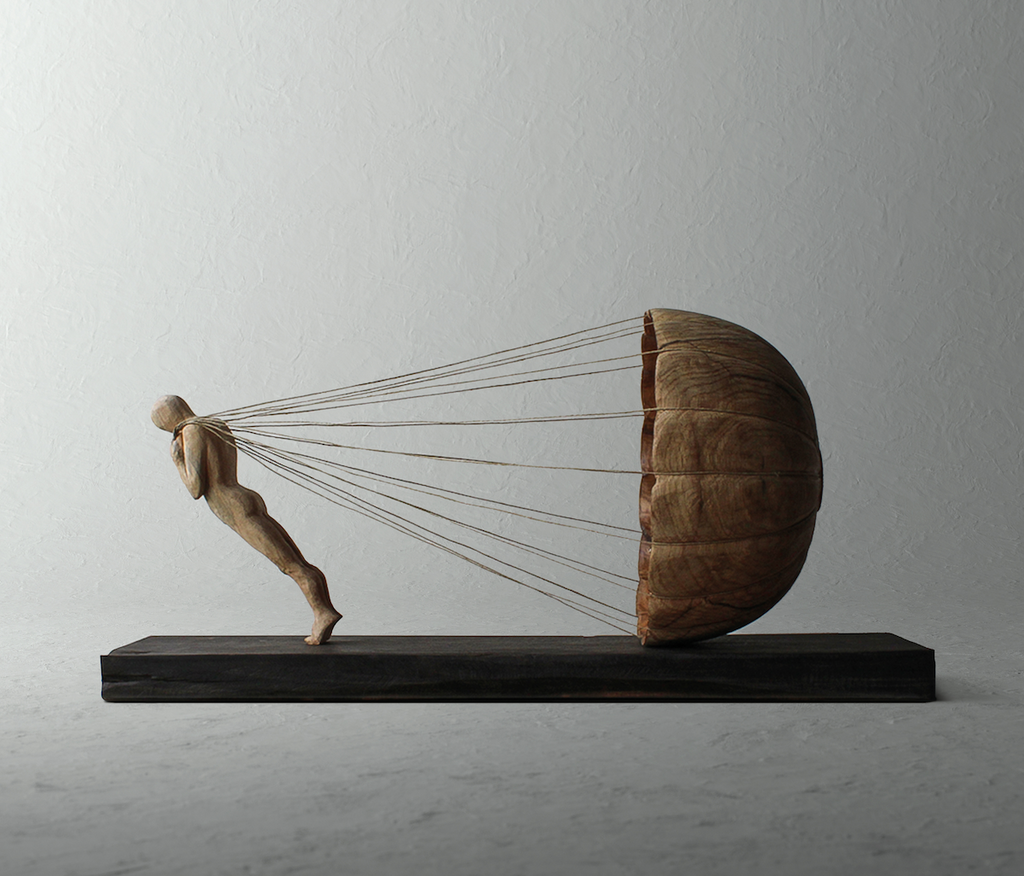
Art of Play: You mention on your website that your work is about the human condition and having the courage to face questions, getting to that existential truth. What are some of those questions you are asking? What truths are you trying to carve out?
Jean-Baptiste Boutin: My questions are the same as yours, no doubt. They are at the level of the humans we are. What are we? Does God exist? What is time? Are we free? What is truth/reality?
But the strange intuition that I have is that all these questions are born from a first question—a primary question that would be the cause of all the others. And this question precisely I do not know, and it is this one that I seek by my work, that I underlie by the whole of my pieces. Some would say that I am looking for God, others that I simply want to find my existential truth, whatever it is.

Photo by Benjamin Juhel
When did you begin this series? How has it evolved over time?
I usually say to people who follow and encourage my work, “Follow me because I don’t know where I’m going.”
When I started, I didn’t know it would be a series. I didn’t know what I was looking for. Deep inside me resides a strong thirst. As time goes by, this series becomes stronger—each piece completes the others. They all have their place since each one questions differently.
I like to create a whole system of questions. You have to see it as a universe of open doors, and sometimes the doors lead to others. I am now at 120 pieces, and I considered that I had enough material to publish a book [called Xylosophy, a contraction of the Greek words for wood (ξύλον) and wisdom (σοφία)]. I don’t know what’s next. I can’t wait to see where I’m going.
What are some cornerstone memories that you’d say have affected your artwork?
In addition to my appetite for reflection, a particular event marked me when I was younger. I was still in high school, and my philosophy teacher, a red-haired man with a loud voice, committed suicide right after we graduated.
Weeks prior, we had spent a long time talking about philosophy (with all the passion of which a philosopher is capable). This man, when he left, offered something that is essential to me now: philosophy does not seek happiness, and there is a risk in the logical clarification of ideas. This is why I said that searching is sometimes a risky activity, because you take the risk of finding whatever happens.

I’d like to get a sense of how your art pieces come together. Can you walk me through the step-by-step process of creating “ ‘I’ is a place that is not on any map”?
This piece is a bit peculiar, most of it is made of wood, but the head is made of plaster and diorama materials. I had created this sphere/island a few months ago because I was amused by the idea of a small island-planet, but I had no idea yet how to use it. This is the first stage of the work, those few months during which things mature, and I often have to remind myself that the pieces don’t come out of nowhere and that the work is first and foremost intellectual, whether it is conscious or not.
For most pieces, I start with a tree trunk and cut it with a chainsaw. I draw the [figure’s] position on it, then I rough it out with power tools until I can begin to carve more finely. The rest is done with a chisel, a knife, a scalpel, and then, depending on the work, the finishing touches are all different. For this one, it is waxed and polished, its essence is robinia from the region where I live.
One of my favorite pieces packs an incredible amount of tension. It’s of a seemingly satisfied person looking out at the world, but only a few inches from them is this massive wooden hand, middle finger curled back, primed to flick them—send them flying. What does that piece mean to you?
“The Fragility of Satisfaction,” is a gentle reminder of humility. If you’re happy with yourself, wait a bit, it will pass. By measuring this feeling of pleasure and well-being, we become more solid. It is an encouragement to take a step back and take a more global and longer-term vision. Satisfaction doesn’t see very far. Austrian novelist Marie von Ebner-Eschenbach once wrote: “Humility makes you invulnerable.”
Find more work by Jean-Baptiste Boutin on Instagram @gibus.bordeaux.
Words by David MacNeal
Images courtesy of Jean-Baptiste Boutin


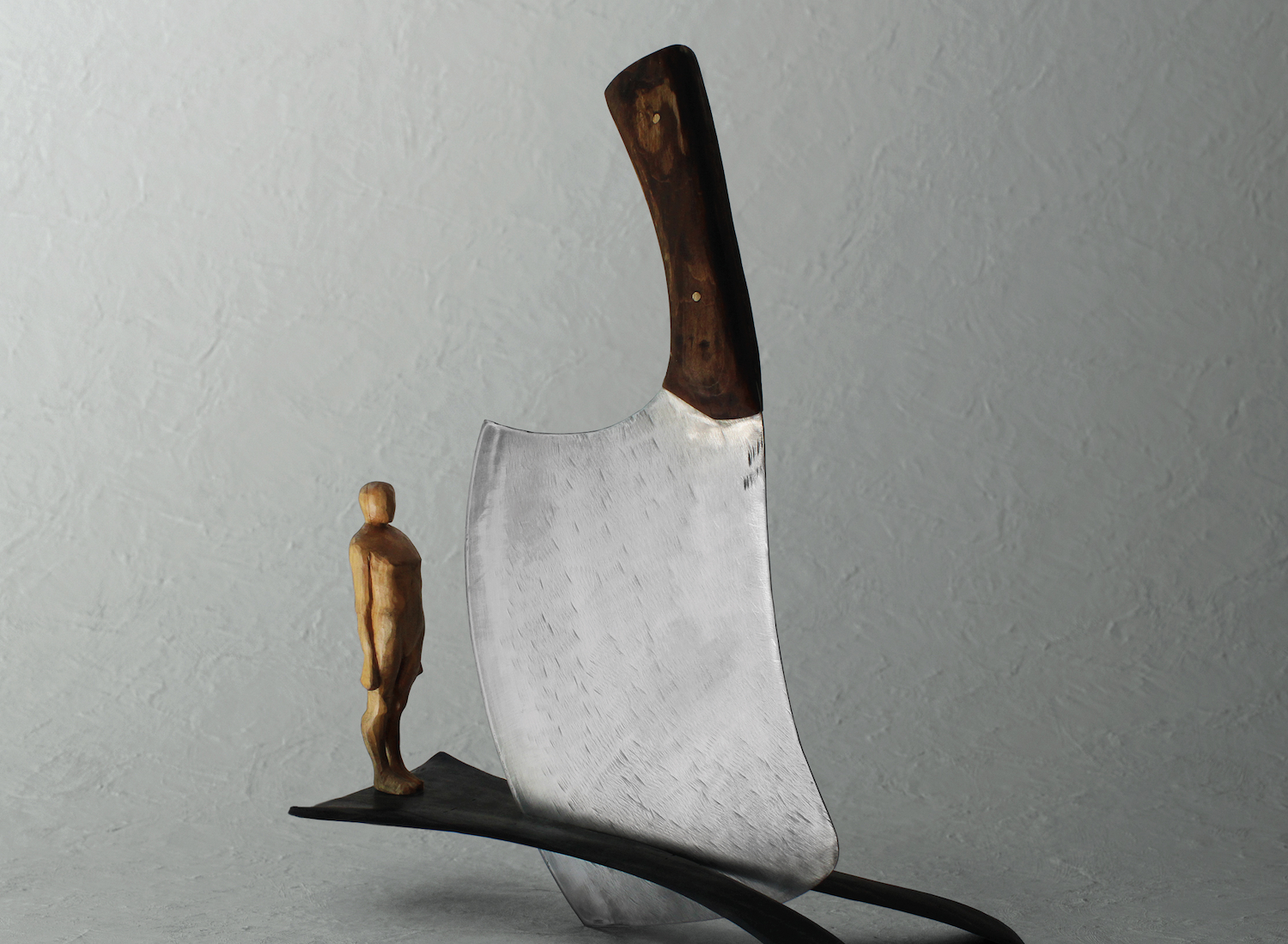
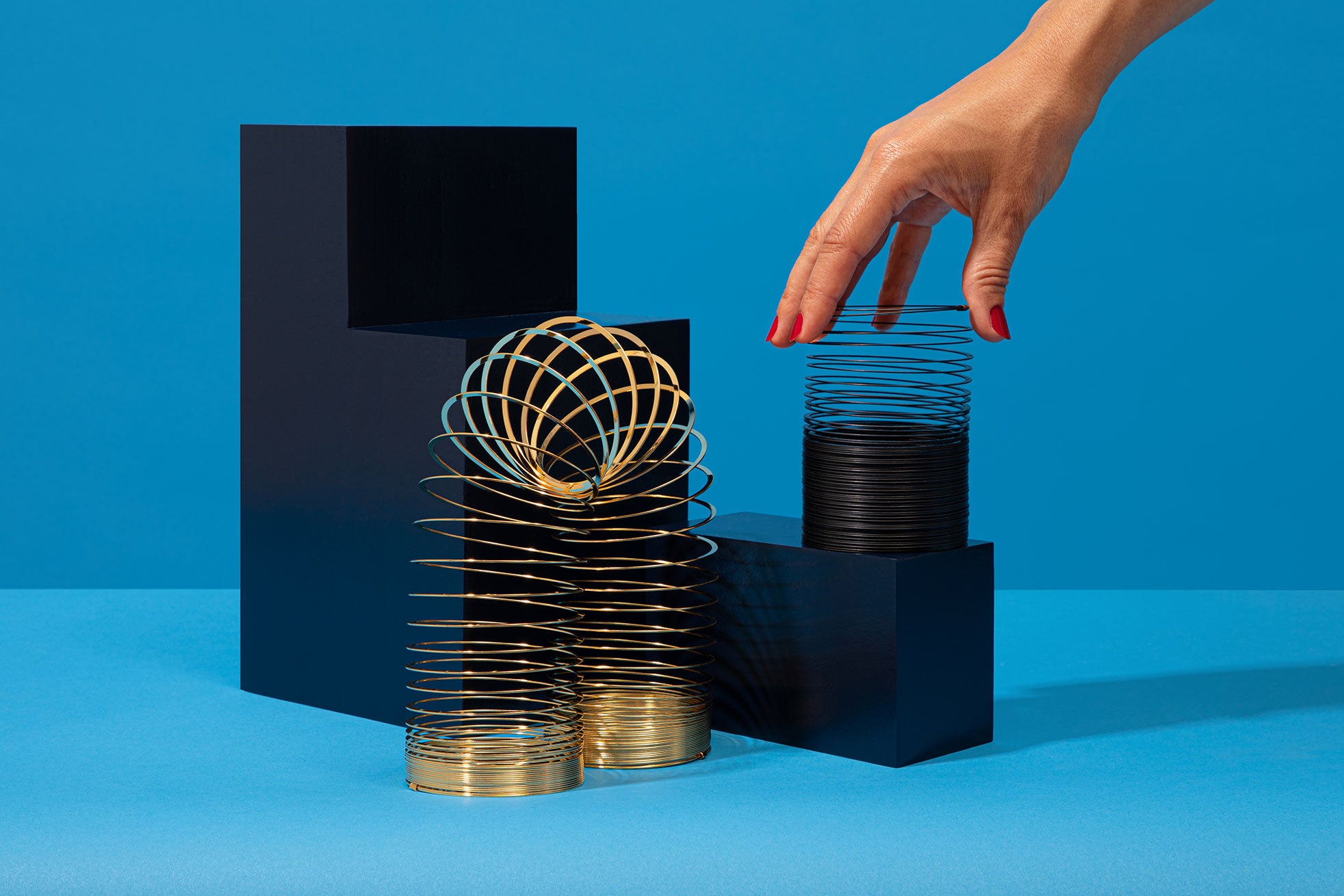
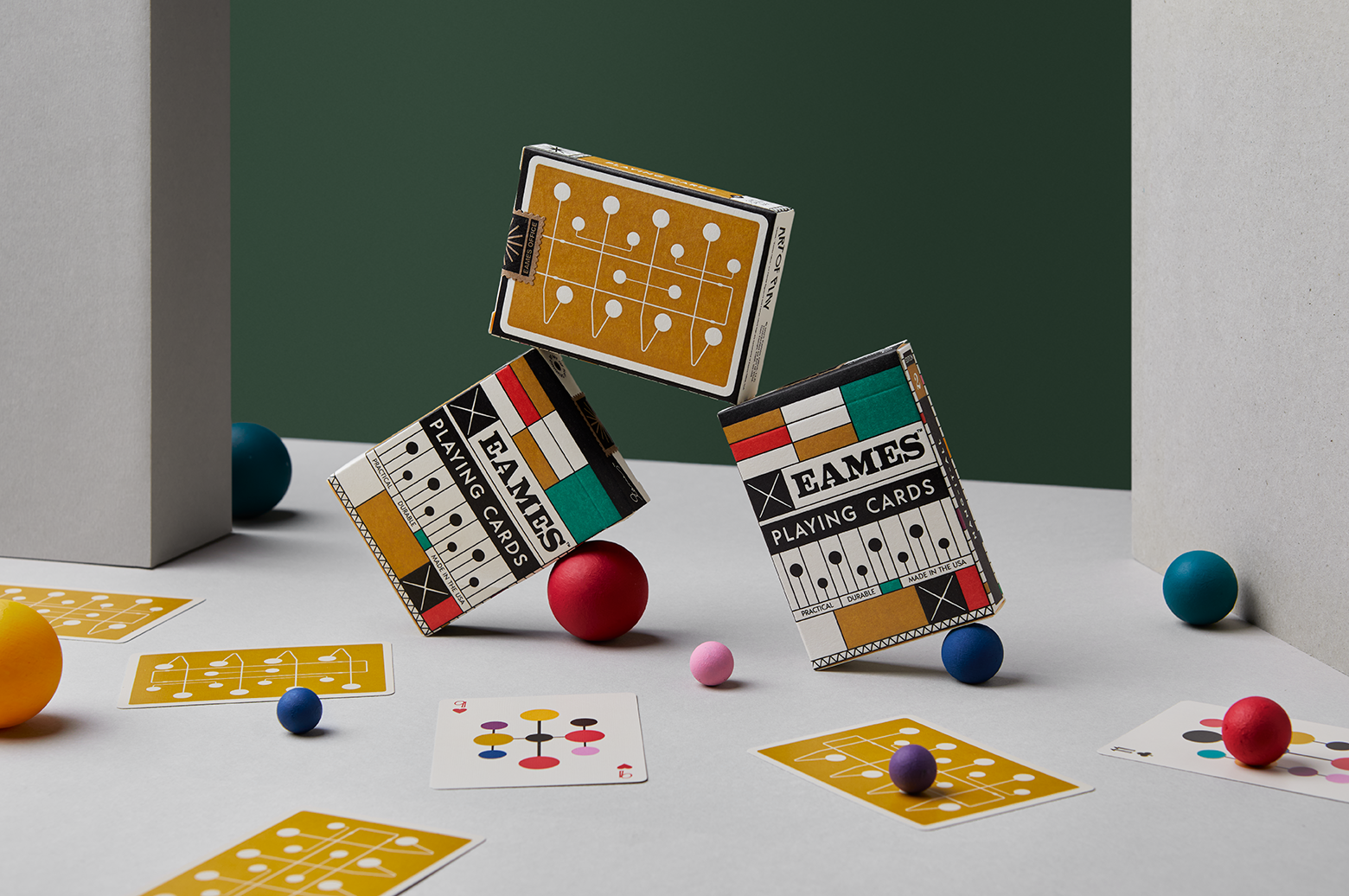

Leave a comment
This site is protected by hCaptcha and the hCaptcha Privacy Policy and Terms of Service apply.